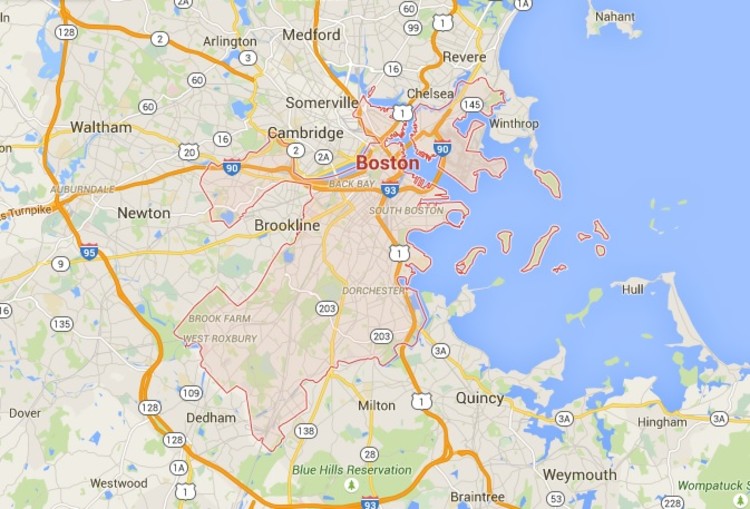
Too often community engagement can be seen as an afterthought, carried out in a dull and unengaging way. But does it always have to be this way? In this article from ArchitectureBoston’s Spring 2016 Issue, originally titled “Bring on the joy: Civic engagement strategies in the age of Twitter,” Russell Preston makes a case for more dynamic public engagement, citing several examples where “engagement is actually the process” rather than just a “required step to a planning process.
In New England, changing zoning is more difficult than sending someone to the moon. In the spring of 2015, Dan Bacon, planning director for Scarborough, Maine, asked for help implementing a better zoning code for Higgins Beach, a picturesque community of largely seasonal residents. Outdated regulations were putting its historic character in jeopardy. Different tactics were needed to successfully change the zoning before the next season of construction.
The hard task was helping the residents understand that they controlled future development with their own regulations. Change like this takes trust, and my team did not have months to build that trust. The best tactic? Become locals. We decided to live in the neighborhood, and in June of 2015, we rented a cottage with a large living room to host a multiday planning charette. Every meeting, presentation, and workshop was held in that cottage.
















.jpg?1407535828)

